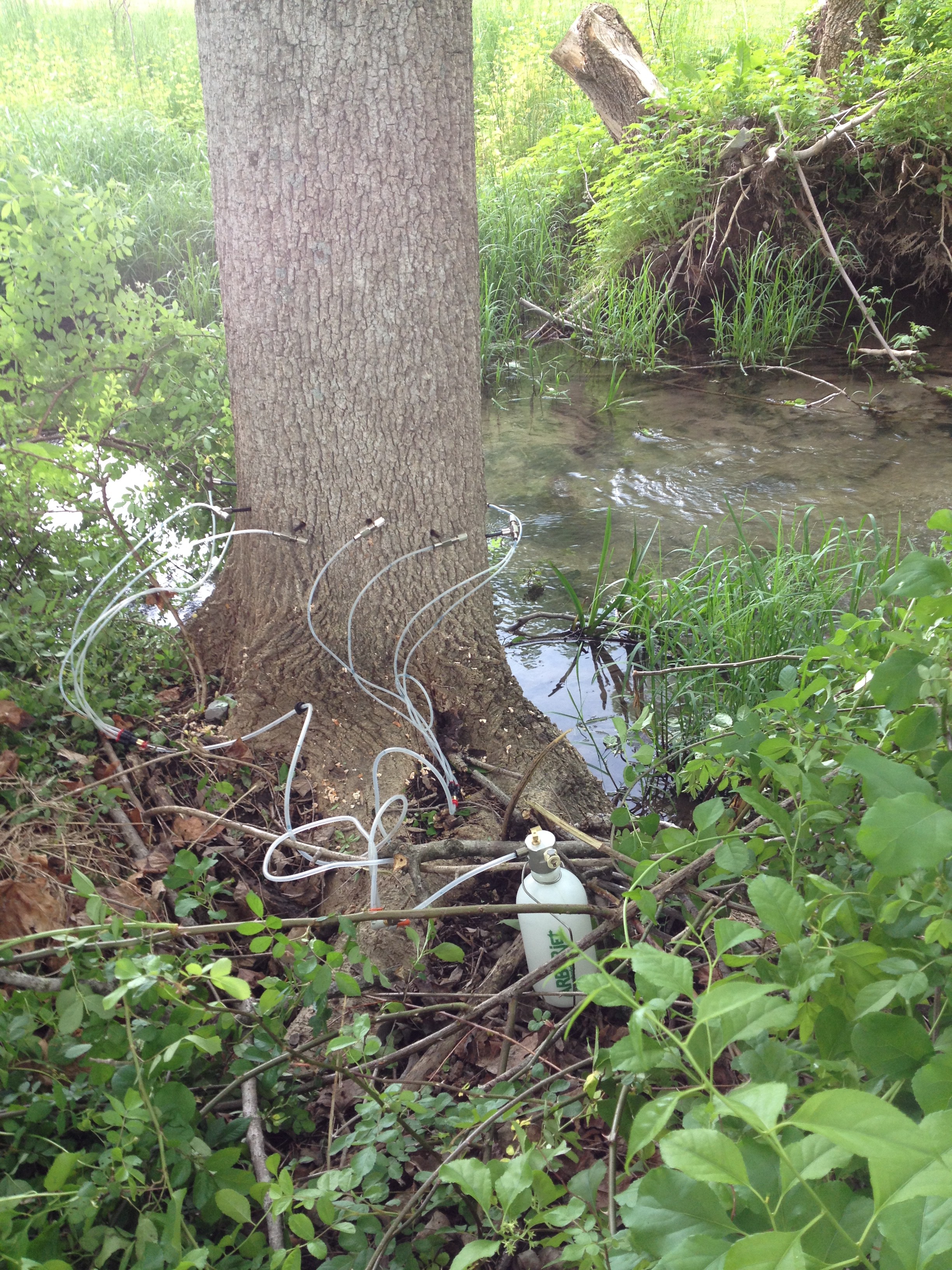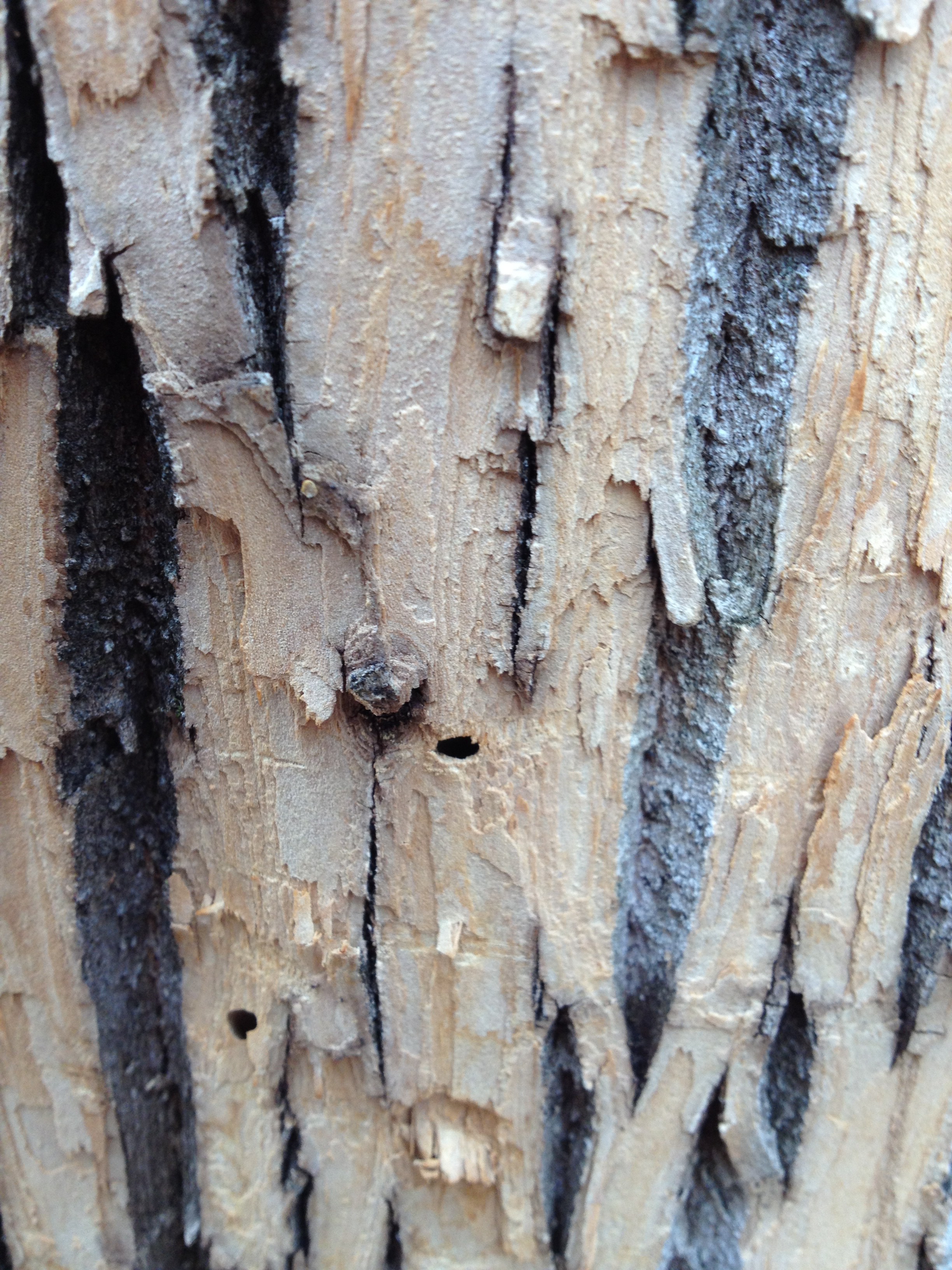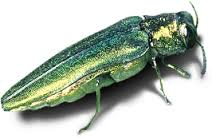Have ash trees? Read this.
Since their introduction in the late 1990’s emerald ash borer (EAB) beetles have wiped out millions of ash trees across 26 states and have been decimating trees in our region for several years. Despite the beetle’s growing notoriety, though, I still get calls from community members who are frustrated, if not angry, that they didn’t learn of this threat until after they see their trees succumb to an infestation. “Why wasn’t I aware of this?” or “someone should have let us know,” are familiar refrains.
As a consulting arborist I have been reaching out to spread the word but perhaps not well enough. So, for those reading this who might own, manage or recreate around ash trees and have yet to develop a plan to address the EAB threat, this information is for you.
There are two basic options for dealing with EAB – do nothing or have your trees treated this year. The do nothing option is absolutely valid and may be the only practical choice for some, whether due to financial cost or concerns over using chemical pesticides. It is important though to be aware that any ash trees left untreated will eventually be attacked by the beetle and die. It is not a question of if but when, and it will likely be soon.
To prevent tree death treatment is required. There is a ‘soil-drench’ chemical product for homeowners that works systemically within the tree’s vascular system but many shy away from using this as it is mostly a preventative treatment and rarely works if there is an existing infestation in the tree. Additionally, there are growing concerns over the impact this method may have on water quality and the local ecosystem.
The safer alternative – of course, any use of chemicals comes with risks – is an injection method by which the pesticide is fed directly into the tree’s vascular system through injection holes drilled into the trunk. Imagine an intra-venous (IV) system with multiple needles and pressurized with a bicycle pump. Sounds crude but it has proven highly effective, reliable and affordable.
Using this injection method and the right pesticide can even work in trees already impacted by EAB but treatments are far more likely to succeed when applied to healthy trees. In other words, do not wait until signs of distress (decline in the crown, sucker growth, or ‘flecked’ bark with D-shaped exit holes – see image) as this may mean that it is too late. If your tree looks healthy, this is the year to begin treatments. The ‘wait and see’ approach will not work.
Spring is just around the corner (hooray!) and so is another EAB life cycle (boo!) but there is plenty of time to come up with a plan and I encourage you to do so before the growing season is upon us. To learn more about EAB or simply how to identify an ash tree visit www.emeraldashborer.info or contact your local extension service, Division of Forestry office, or certified arborist.
Shawn Walker of Trees 101, LLC is a consulting arborist based in Shepherdstown.

 Contact Us
Contact Us



